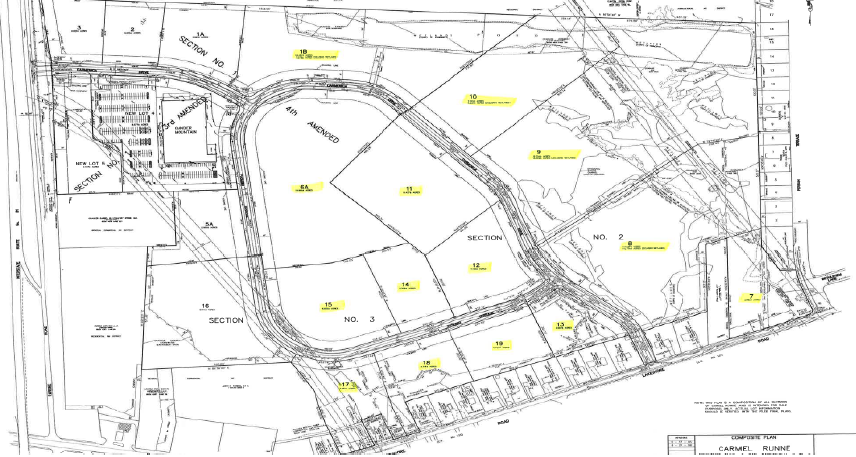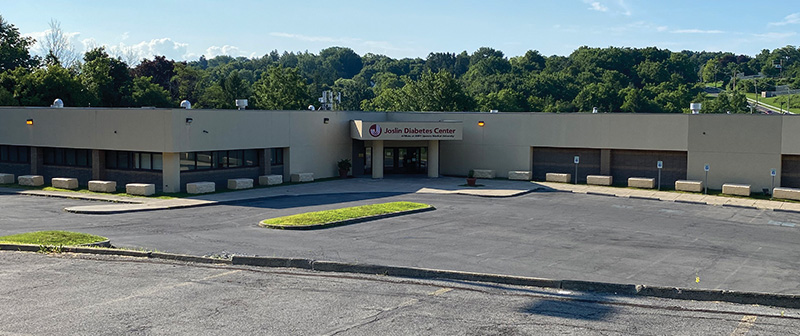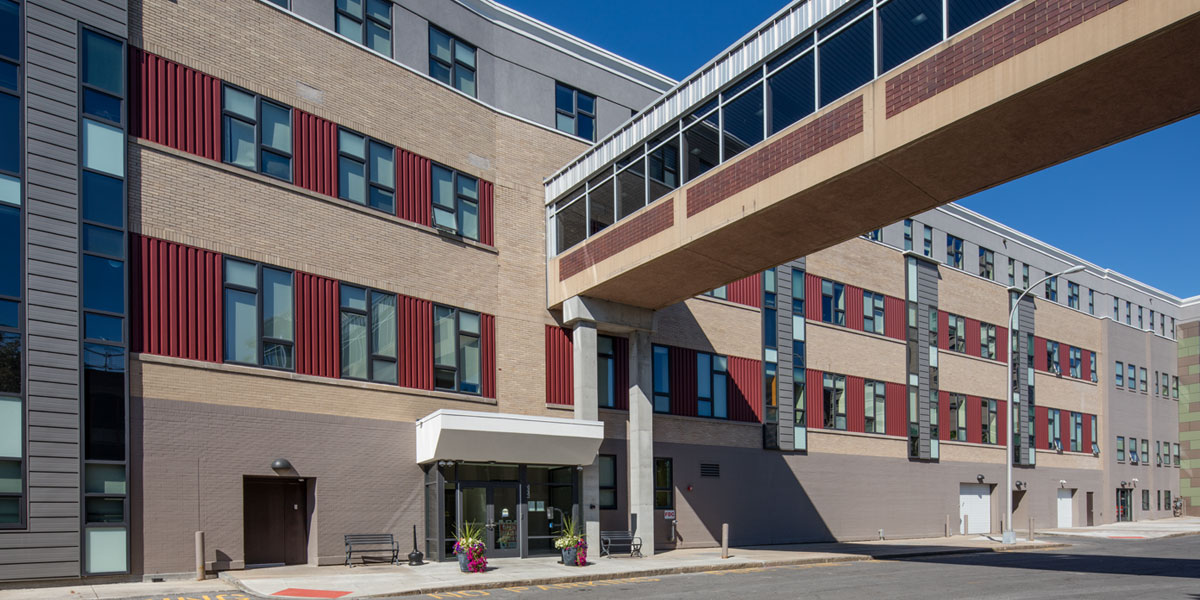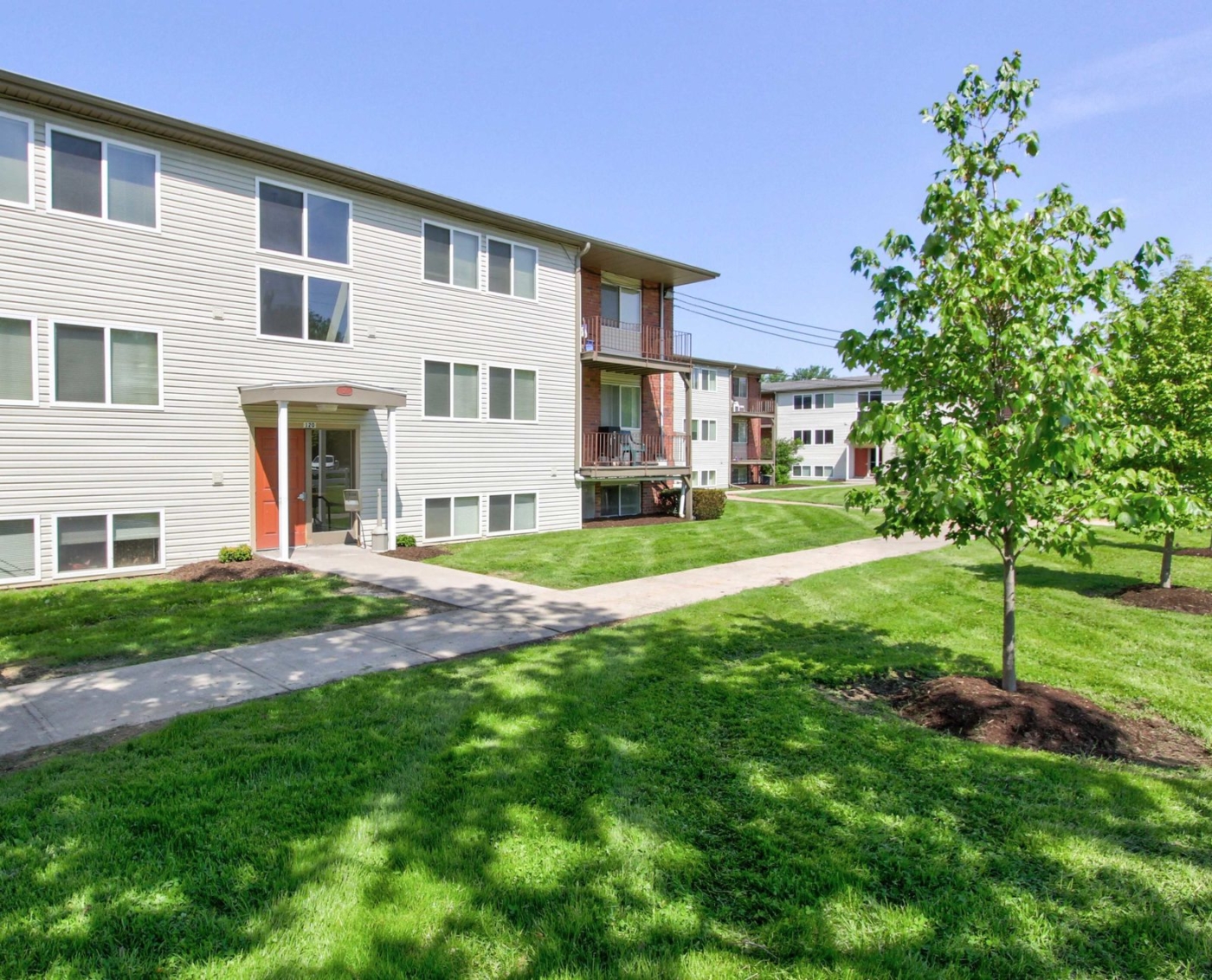As a thirty year practitioner of public land planning and now working in commercial real estate, I am in a unique position of seeing how these practices complement one another. At first thought, these practices have little in common beyond their subject matter – land and the ways it’s used by people.
I knew the language of real estate but not the tools or techniques that make it work. In contrast, I studied land use planning and practiced at several towns and county. I hoped to make a smooth transition from public service to real estate sales with a lot of support from the Sutton team, training seminars and requisite study for state licensing!
Similar Goals – The prime objective of the real estate industry is to seek the highest and best use for land while the guiding light of public land use planning is the highest and most compatible use of land. “Highest and best use” or HBU is a phrase we fundamentally understand: maximize the use of land to maximum value!
HBU serves many masters from appraisal, land assessment and taxation and, for the real estate industry, a benchmark of the market.
Public Land Planning – Plans alone do not ensure that what is planned will be carried out. Creative communities in past centuries experimented with defining areas of different uses – zoning land – and assigning uses permitted in each. Compatible uses would adjoin like uses identified on a zoning map and detailed in a code. Typical zoning codes include allowed uses, parcel sizes, dimensions, building heights and size, parking requirements, etc. Just 95 years ago (1926) the U.S. Supreme Court acknowledged zoning as a legitimate use of municipal authority and communities nationwide adopted zoning as a way to control development.
In practice, public land use planning is fundamentally a negotiation for the use of land by society – its citizens, business and government. Ideally, a negotiation proceeds through a series of meetings guided by a community’s “master” or “comprehensive” plan. Governmental bodies such as planning boards, zoning boards and legislative bodies interact with applicants and citizens to find a legally permissible and publicly acceptable plan for land improvement. Interaction in a public setting is intended to reach decision(s) acceptable to most parties. Negotiation, when done well contributes to the common good.
I like to think that my dual experience helps me better serve my customers and clients. Whether through general real estate advice or conferring on right-to-build issues and general regulatory process, more knowledge is always a plus.
Licensed Real Estate Salesperson








